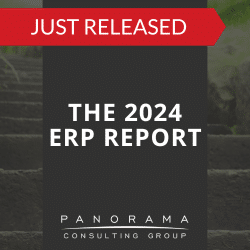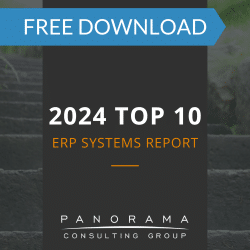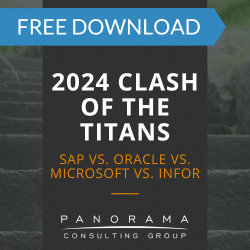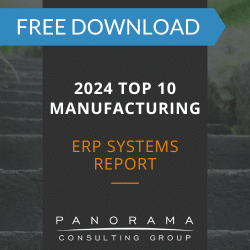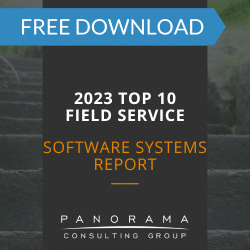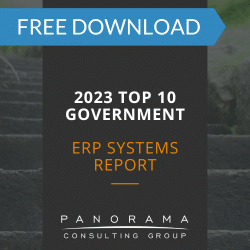As we’ve covered in great detail in this blog over the last several years, ERP implementations can be a grind. It’s tough to finish on time and on budget while at the same time delivering expected business benefits. Whether you are working for a commercial company or are in the public sector, it’s no secret the the odds are stacked against you when it comes to ERP systems.
However, our experience with non-profits, federal, state and local entities have shown us that certain challenges are especially pronounced in the public sector. Public ERP systems face unique obstacles related to people, business processes, and complexities. It’s not that public ERP implementations are necessarily more difficult than those in the private sector, but there are things that make them unique.
Here are a few distinct challenges to consider before embarking on an ERP implementation for your public-sector organization:
- Organizational change management. Change is hard for employees at most organizations, but it can be even more difficult to manage in the public sector. Employees in the public sector haven’t traditionally been motivated by a fear of having to outperform peers to keep their jobs (although this is changing in recent years), so performance-based incentives may not be as effective. In addition, because government organizations often do not feel the same external market pressures to change quickly, employees may not be used to the large changes entailed by an ERP implementation. For these reasons, organizational change management plans need to pay particular attention to “selling” the changes and positively impacting the culture of the organization.
- Communications. In addition to the cultural change enabled by an organizational change management plan, general communications can be especially challenging with public sector entities. Not only is it important for the project team and executive sponsors to communicate major process and organizational changes to employees, but there are typically a complex series of stakeholders that need to be communicated to as well. Constituents such as internal customers, external taxpayers, and external “customers” all have a vested interest in ensuring the project is successful. It is for this reason that public ERP systems often take so long and cost so much to implement.
- Complexity. Another challenge for government organizations is that they are generally larger, more complex, and impact people more than in the commercial space. It’s rare to find a small, nimble, and simple government organization – no matter how relatively small it may seem compared to other government entities – so the complexities can be material. Business processes, systems, people, and organizational structures can all be more complex than what you might see in the commercial space. For this reason, you want to make sure you have a software solution and ERP implementation partner that is accustomed to these complexities.
ERP implementations are difficult, but as is the case in the public sector, they’re not impossible if managed effectively and with the right implementation partner. However, getting there is easier said than done. The above three variables are three key complexities to consider as you begin your organization’s ERP initiative.
Learn more about how Panorama can help by attending our upcoming ERP Boot Camp or by reading about our ERP and IT consulting services for both private and public-sector organizations.






